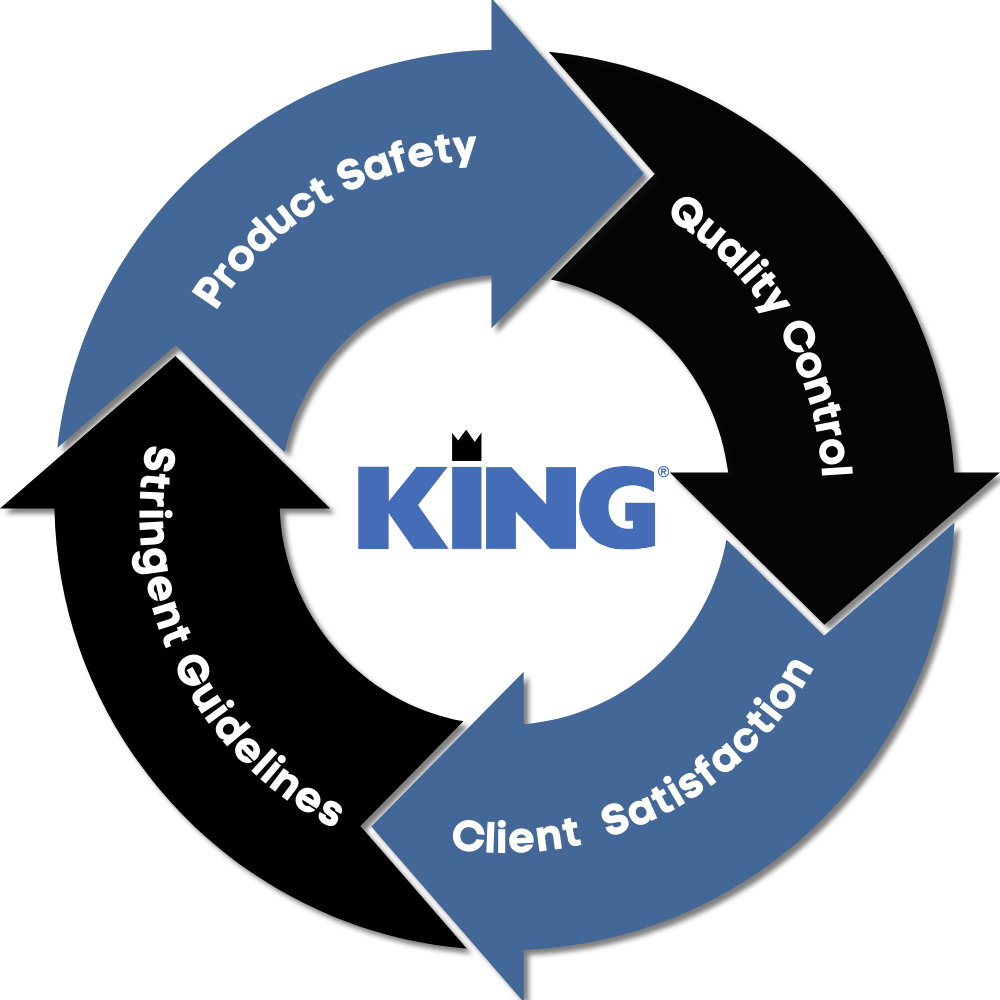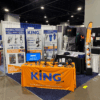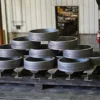Case depth can now be measured quickly and accurately in less than 2 minutes without time-consuming sample preparation using continuous-acquisition testing.

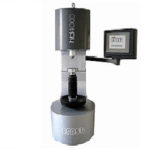
King Tester Rockwell Metal Hardness Tester CaseRock
Case hardness matters in so many applications, from aerospace to automotive to machine tools and military to name a few. However, measurement of case depth is limited by current testing because testers used today require a time-consuming process of cutting, mounting and sample polishing to be able to perform sequential microhardness tests that describe the case depth of the sample. The elapsed time from start to finish is measured in hours.

These limitations are eliminated by the CaseRock® HTD (tester), which offers significant innovations in case-depth testing measurement. It uses a Rockwell-type approach with continuous-acquisition testing to determine the hardness of the metal throughout the case and provide effective case-depth results in under a minute. The tester eliminates the need for cutting, mounting, polishing and sequential tests. It uses full-load testing with force up to 4,000 kg (8,820 pounds). The benefits of continuous-acquisition testing are evident in the time savings and opportunities for rapid process-control feedback.
The benefits of CaseRock HTD’s continuous-acquisition testing include:
- Faster results
- Reduce sample preparation time by eliminating cutting, mounting and polishing
- Reduce testing time from hours to minutes
- Improve process control with real-time information
How it Works

Fig. 4. Hardness and force data from continuous-acquisition testing
The CaseRock HTD is designed to test the effective case depth of surface-hardened layers with only one indentation and without damaging the integrity of the part. The tester uses a conical indenter of 120 degrees and a tip radius of 0.2 mm, a penetrator shroud to reference the penetration depth and a transducer for measuring the penetrator displacement with respect to the shroud.
The tester applies a constantly increasing load up to 4,000 kg and acquires hardness data. The data is displayed as specific hardness at multiple levels of force (Fig. 4). A proprietary, patented algorithm processes the information from force and depth obtained to deliver the value of the effective case depth and the schematic curve (Fig. 5) of the hardened surface layer. The absolute hardness values are then converted into Vickers hardness numbers according to standard conversion tables.
Test Results

Fig. 5. Case-depth results and analysis
The tester uses the information acquired from the continuous application of the load to generate a load-penetration curve (not a single value) from each single test. The vertical axis is hardness, and the horizontal axis is the load applied. The downward curve in this example illustrates that hardness declines as force (Kgf) is applied. The data acquired is then used in the algorithm to calculate the effective case depth (Fig. 5). In this instance, the effective case depth is 2.95 mm (Vickers 513 corresponds to a hardness of Rockwell C 50). The results of these tests are referenceable to all applicable standards.
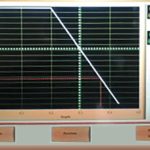
Figure 6 shows a different example of test results, this time on the computer screen. In this example, the case depth is 0.37 mm.
Implications
This type of testing allows users to achieve test results and analysis much faster with savings of manpower, time and money. The process-control opportunities are profound because information is available so much faster than with previous testing machines. Users can choose to tighten their process controls and increase their quality sampling.
The test results reduce uncertainty and provide for improved supplier/customer communication while reducing waste and improving throughput. Cost savings are achieved through both reduction in sample preparation and testing time as well as reduction in product rejects.
With increasing emphasis in all industries on quality, tightening of standards and process control, the CaseRock HTD is a logical value-added measurement and analysis tool for commercial and captive heat treaters. It provides an opportunity to demonstrate case-depth consistency and decrease uncertainty while reducing the cost and time involved in case-depth measurement.
By Jim Knight
King Tester Corporation
As appeared in Industrial Heating Magazine

